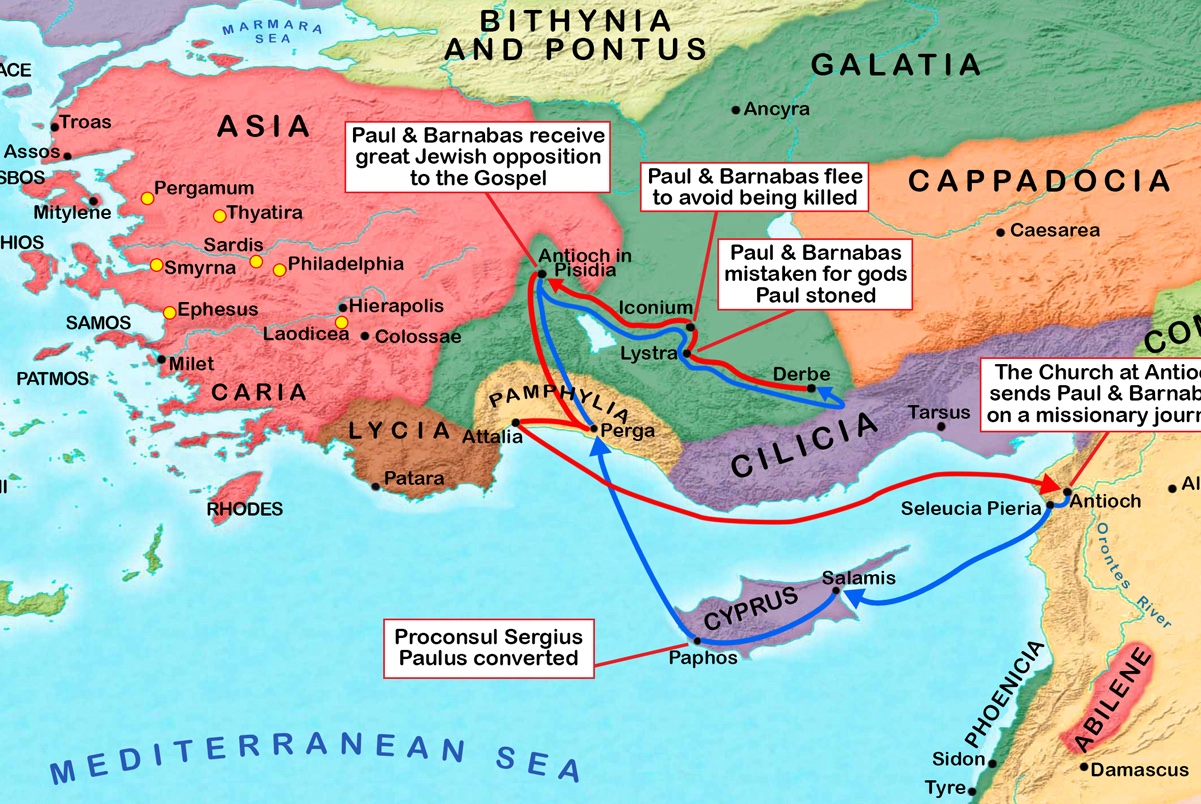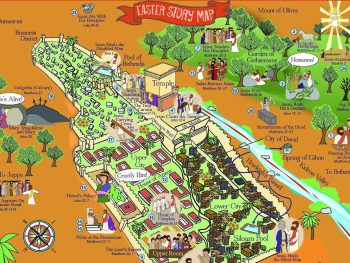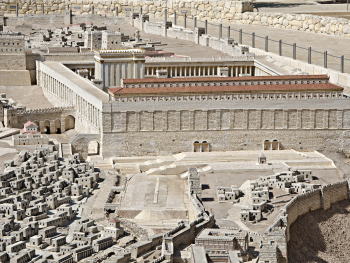The apostle Paul's missionary journeys across the ancient world are foundational to the spread of Christianity and offer a fascinating glimpse into the cultural and religious landscape of the first century. From his humble beginnings as a zealous persecutor of Christians to his transformation into one of the most influential figures in Christian history, Paul's travels played a pivotal role in shaping the early Christian movement. In this article, we embark on a journey to map Paul's journeys, tracing his footsteps through the cities and regions of the ancient Mediterranean world.
1. The Road to Damascus
Paul's journey begins dramatically with his conversion on the road to Damascus. According to the Book of Acts, while traveling to Damascus to persecute Christians, Paul is struck by a blinding light and hears the voice of Jesus Christ. This transformative encounter leads Paul to abandon his former life and embrace his new calling as an apostle to the Gentiles.
2. Missionary Journeys
Paul's missionary journeys are chronicled primarily in the Book of Acts, where we find detailed accounts of his travels throughout the eastern Mediterranean region. His first missionary journey takes him from Antioch in Syria to Cyprus, where he preaches the gospel and establishes churches in various cities. Subsequent journeys lead Paul to cities such as Ephesus, Corinth, and Thessalonica, where he encounters both success and opposition in spreading the message of Christ.
3. Mapping the Journeys
Mapping Paul's journeys provides valuable insights into the geographical and cultural context of his missionary work. By tracing his routes on ancient maps and modern atlases, we can visualize the distances traveled, the cities visited, and the regions evangelized. These maps highlight the strategic significance of key cities such as Ephesus, Corinth, and Rome, which served as hubs of commerce, culture, and religious diversity in the ancient world.
4. Challenges and Triumphs
Paul's journeys were not without challenges. He faced opposition from both Jewish authorities and Roman officials, endured persecution and imprisonment, and encountered cultural and linguistic barriers in his interactions with diverse communities. Yet, despite these obstacles, Paul remained steadfast in his mission, proclaiming the gospel with courage and conviction.
5. Legacy and Impact
The legacy of Paul's journeys reverberates through the centuries, shaping the development of Christianity and leaving an indelible mark on Western civilization. His letters, written to the churches he founded and visited, provide theological insights, ethical teachings, and pastoral guidance that continue to inspire and instruct believers to this day. Paul's example of faithfulness, perseverance, and sacrificial love serves as a timeless model for Christian discipleship.
Mapping Paul's journeys allows us to journey alongside the apostle as he traverses the ancient world, spreading the message of Christ to both Jews and Gentiles. Through his travels, Paul not only established communities of faith but also laid the foundation for a global movement that would transcend cultural and geographical boundaries. As we follow in his footsteps, may we be inspired by his example and continue to proclaim the gospel with boldness and compassion in our own time and context.






